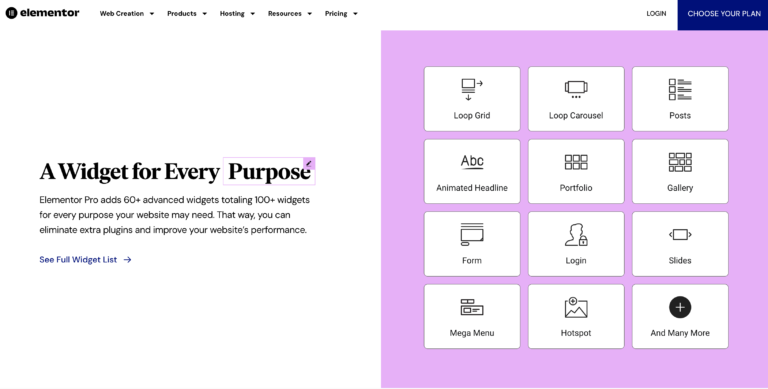In the world of digital innovation, the terms “low-code” and “no-code” are revolutionizing the way we think about building software and websites. These platforms are not only altering the landscape for seasoned developers but also empowering non-technical small business owners to add complex functionalities to their websites without writing a single line of code. In this blog post, we’ll explore how low-code and no-code platforms are game changers, offering flexibility, speed, and efficiency in application development.
What Are Low-Code and No-Code Platforms?
Low-code and no-code platforms provide visual software development environments that allow users to create applications using graphical user interfaces and configuration instead of traditional computer programming. Low-code platforms require some coding to enhance the base functionalities, making them ideal for developers who want to speed up the development process. No-code platforms, on the other hand, are typically drag-and-drop, enabling those without any coding background to build applications and websites.
Examples of Leading Technologies:
- Microsoft Power Apps: A leader in the low-code development space, Power Apps enables users to quickly build apps with pre-built templates and a range of connectivity options to various data sources.
- Webflow: This no-code tool allows designers to construct professional, responsive websites without any coding knowledge, bridging the gap between design and development.
- Zapier: Zapier enables automation between over a thousand web apps, allowing users to create automated workflows that can trigger actions across multiple apps without coding.
The Impact of Low-Code/No-Code on Businesses
For small business owners, the appeal of low-code and no-code platforms lies in their ability to implement ideas quickly and efficiently. These platforms significantly reduce the complexity, cost, and time required to bring a digital product to market. According to a study by Forrester, low-code development platforms can reduce development time by 50-90%.
Real-Life Success Stories
- Airtable: Airtable combines the simplicity of a spreadsheet with the complexity of a database. It’s used by companies like Netflix and Shopify to manage projects, product planning, and even marketing campaigns, all without deep technical know-how.
- Bubble: Bubble is a powerful no-code platform that has been used to launch full-fledged online businesses. For example, Dividend Finance built its entire customer-facing portal using Bubble, allowing them to easily manage customer interactions and data.
Advantages for Developers
Low-code and no-code platforms are not just for non-coders. Developers can leverage these tools to drastically reduce boilerplate coding, freeing up time to focus on solving more complex problems or on the user experience aspects of their projects. These platforms also encourage a more agile development process, with quicker iterations and faster feedback loops.
Overcoming Limitations
While low-code and no-code platforms offer numerous advantages, they come with limitations, especially in terms of flexibility and control over the final product. Some platforms may not allow for intricate customizations or may run into performance issues with very large scale applications. However, for small to medium-sized projects, the benefits often outweigh these drawbacks.
The Future of Low-Code and No-Code
The future looks promising for low-code and no-code development. As technology evolves, these platforms are becoming more powerful and feature-rich. According to Gartner, by 2024, low-code application platforms will be responsible for more than 65% of application development activity.
Business owners and developers who embrace these tools will find themselves at a competitive advantage, able to adapt quickly to market changes and innovate at a rapid pace.
Conclusion
Whether you are a seasoned developer looking to streamline your workflows or a small business owner aiming to expand your online presence, low-code and no-code platforms offer a compelling solution. They democratize technology, making it accessible to a broader range of people, and foster an environment of innovation and rapid development. Embracing these platforms can not only lead to increased productivity but also open up new possibilities for businesses of all sizes.
Explore these platforms and consider how they can be integrated into your development strategy or business model. The simplicity and efficiency of low-code and no-code may very well be the game changer you need to accelerate your projects and bring your creative visions to life.





